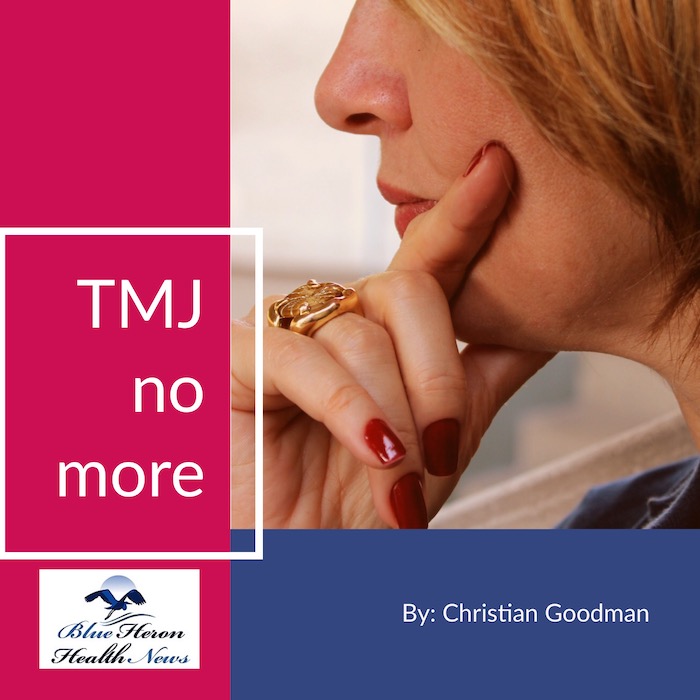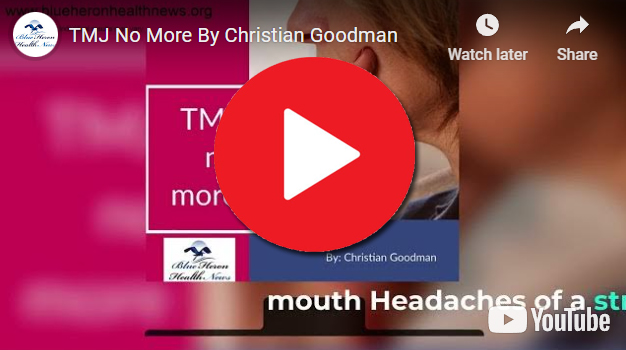
The TMJ No More™(The TMJ Solution) By Christian Goodman In this eBook the author has shared he has shared his experiences while treating his 12 years old chronic problems of severe tinnitus and TMJ disorders. He has enabled thousands of people all over the world, regardless of their gender, by teaching them how to get rid of their disorders related to TMJ faster than your expectations without using any drugs, mouth guards to splints or facing the risk of any surgery.
What is the relationship between TMJ disorders and headaches?
The relationship between TMJ (temporomandibular joint) disorders and headaches is well-documented, as TMJ dysfunction can be a common cause of headaches. The TMJ is the joint that connects the jaw to the skull, and problems in this area can lead to a variety of symptoms, including headaches. Here’s how TMJ disorders and headaches are related:
1. Muscle Tension and Jaw Clenching
- TMJ disorders often involve dysfunction or misalignment of the jaw joint, which can cause muscle tension in the jaw, neck, and head. This tension can extend to the temporalis and masseter muscles, which are responsible for chewing, and the sternocleidomastoid muscles in the neck.
- The excessive muscle tension from TMJ dysfunction often leads to tension-type headaches, which are characterized by a constant, dull ache around the forehead, temples, or back of the head. People with TMJ disorders may also clench or grind their teeth (a condition known as bruxism), which further contributes to muscle strain and headache development.
2. Referred Pain
- The pain caused by TMJ disorders can be referred to other areas, including the head. This means that the pain originating from the jaw joint or surrounding muscles can be felt in the head, even though the source of the pain is elsewhere.
- This referral of pain can mimic common types of headaches, such as migraine or tension headaches, making it difficult to distinguish between the two. In some cases, TMJ-related headaches may feel like a cluster headache, with intense pain behind the eyes or around the temples.
3. Disrupted Sleep and Bruxism
- Bruxism (teeth grinding) is a common symptom of TMJ disorders, often occurring during sleep. Bruxism places significant strain on the jaw muscles and joints, contributing to headaches upon waking. These headaches are often dull and throbbing, and they may subside as the day progresses, especially once the person has moved their jaw or relaxed their muscles.
- The teeth grinding associated with bruxism can also lead to increased muscle fatigue in the jaw, leading to more frequent headaches, especially in the morning after a night of grinding.
4. TMJ Dysfunction and Migraines
- There is evidence suggesting that TMJ disorders may be linked to migraines. People with TMJ dysfunction may experience migraine-like symptoms, including severe throbbing pain, nausea, sensitivity to light, and visual disturbances. The trigeminal nerve, which plays a role in both TMJ pain and migraine headaches, may be involved in transmitting pain signals from the jaw to the brain.
- In some cases, the misalignment or dysfunction of the TMJ can trigger a cascade of events that increase the likelihood of a migraine. The muscle tension and nervous system activation caused by TMJ dysfunction may increase the susceptibility to migraine attacks in some individuals.
5. Neck Pain and Tension-Type Headaches
- TMJ disorders can also lead to neck pain, as the muscles in the neck may become tense in response to jaw issues. This can contribute to cervicogenic headaches, which are headaches caused by problems in the neck. The neck muscles are connected to the muscles that control jaw movement, so any dysfunction in the TMJ can directly affect the neck, leading to referred pain that manifests as a headache.
- The cervical spine (neck) and the TMJ share many of the same nerve pathways, meaning that pain in one area can be transmitted to the other. Therefore, problems in the jaw joint can lead to neck stiffness and discomfort, which can further contribute to headache development.
6. Postural Changes
- TMJ dysfunction can cause people to adopt abnormal postures, such as leaning forward or tilting the head to one side to compensate for discomfort. These postural changes can place additional strain on the neck and shoulder muscles, which may result in tension-type headaches.
- Over time, poor posture can lead to muscle imbalances, which can exacerbate both TMJ and headache symptoms.
7. Jaw Clicking and Headache Triggers
- Some people with TMJ disorders experience clicking or popping sounds when they open or close their mouth. These sounds occur due to the misalignment of the jaw joint and the associated muscles. The stress and discomfort of these movements can trigger headaches.
- Additionally, the TMJ pain caused by these movements can also trigger stress headaches, which are common in individuals experiencing chronic pain or discomfort.
8. TMJ-Related Headaches and Treatment
- Treating TMJ disorders can often lead to a significant reduction in headache frequency and severity. Common treatments for TMJ dysfunction include:
- Mouthguards or splints to prevent teeth grinding and reduce pressure on the jaw.
- Physical therapy to help improve jaw alignment and reduce muscle tension.
- Medications such as pain relievers, muscle relaxants, or anti-inflammatory drugs to alleviate muscle tension and jaw pain.
- Stress management techniques to reduce jaw clenching and minimize the impact of stress on both the TMJ and the headache.
- Jaw exercises to improve mobility and strengthen the muscles around the TMJ.
- In some cases, addressing the underlying cause of TMJ dysfunction, such as teeth misalignment or joint inflammation, may help reduce both jaw pain and associated headaches.
Conclusion
TMJ disorders and headaches are closely linked due to the muscle tension, jaw misalignment, and referred pain associated with TMJ dysfunction. The muscle strain and bruxism caused by TMJ issues often result in tension headaches, migraines, and cervicogenic headaches, with the severity of the headaches often increasing due to disrupted sleep and stress. Effective treatment of TMJ disorders—such as physical therapy, mouthguards, and stress management—can help alleviate headache symptoms by addressing the root cause of jaw discomfort and muscle tension.

The TMJ No More™(The TMJ Solution) By Christian Goodman In this eBook the author has shared he has shared his experiences while treating his 12 years old chronic problems of severe tinnitus and TMJ disorders. He has enabled thousands of people all over the world, regardless of their gender, by teaching them how to get rid of their disorders related to TMJ faster than your expectations without using any drugs, mouth guards to splints or facing the risk of any surgery.